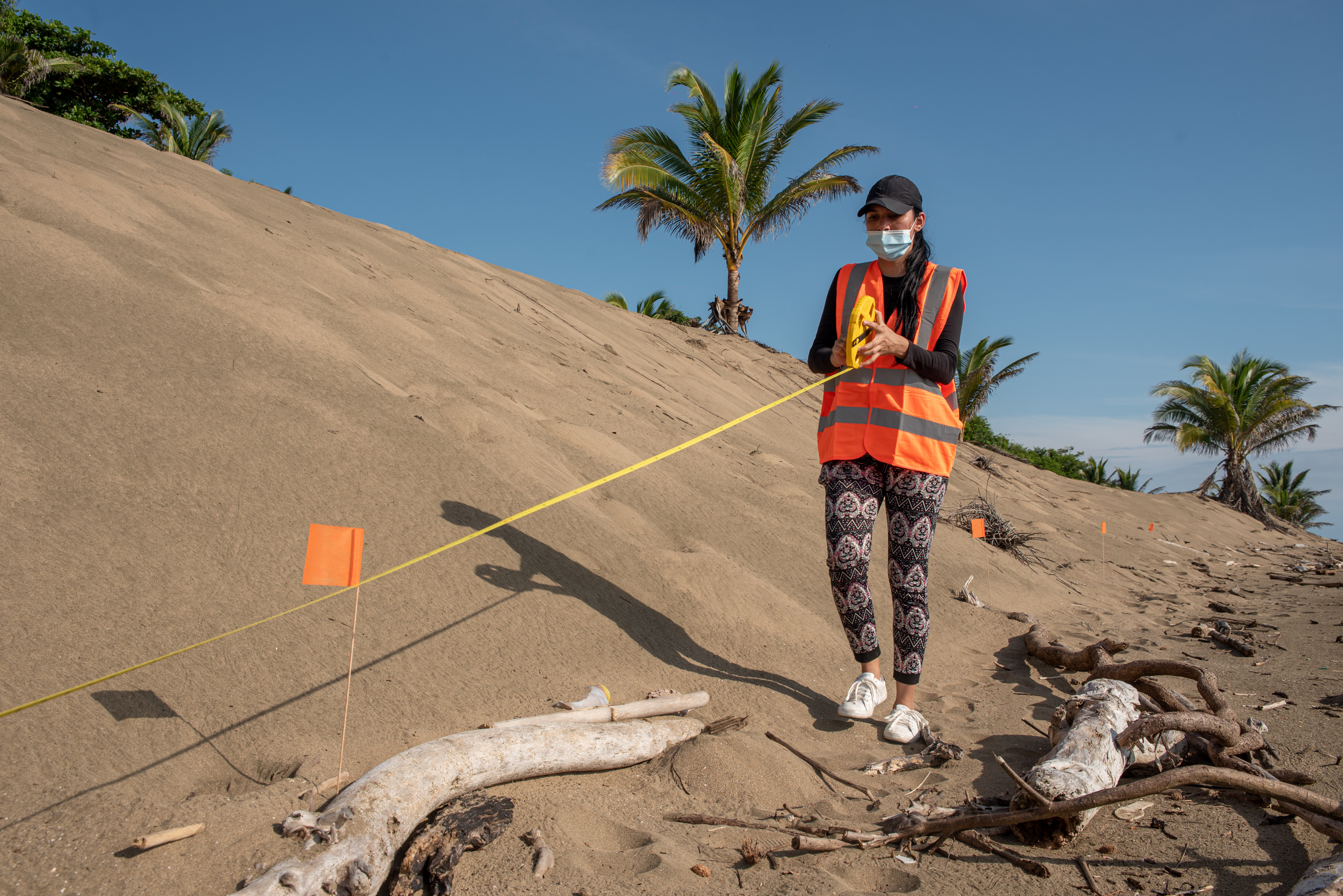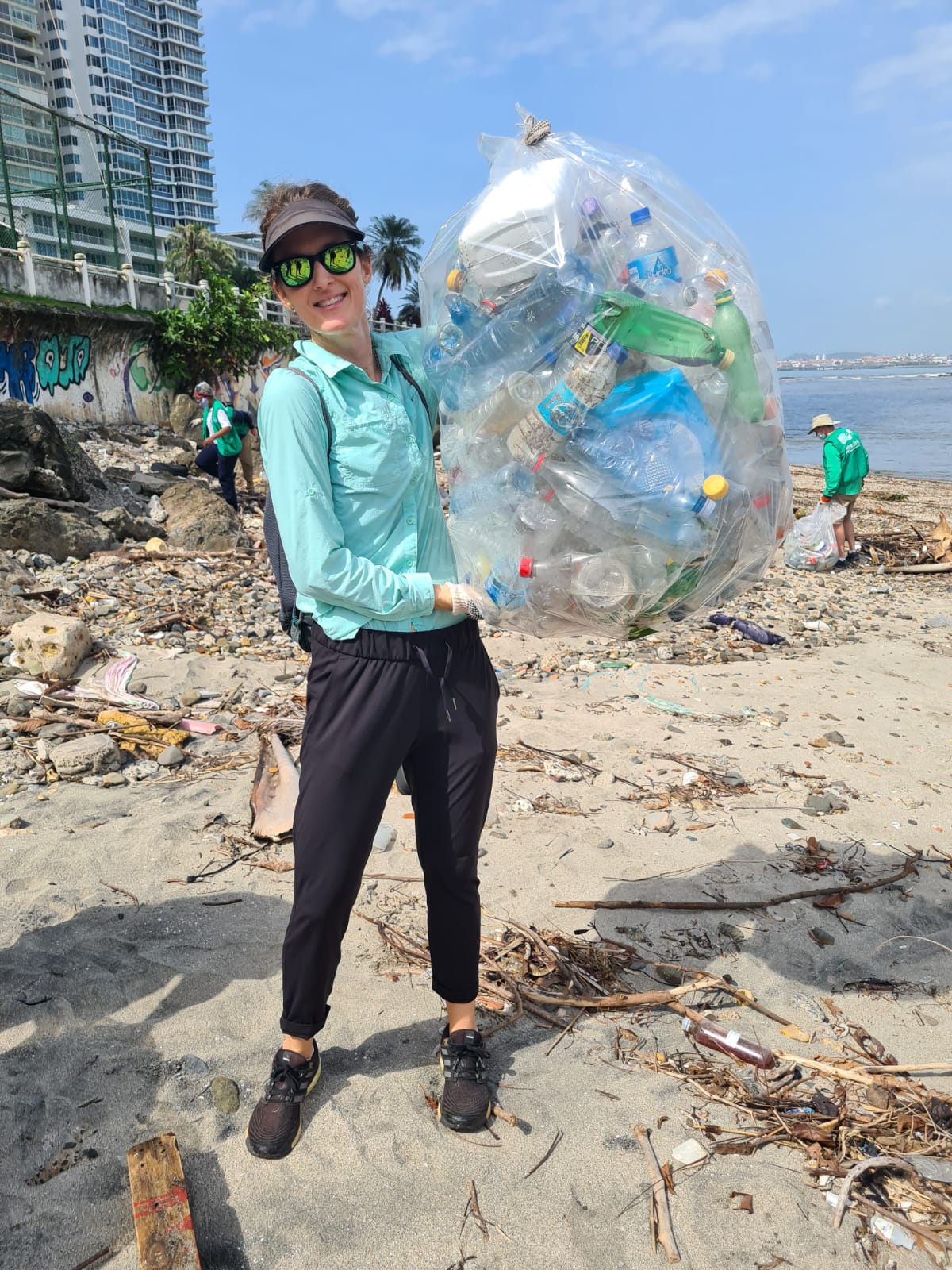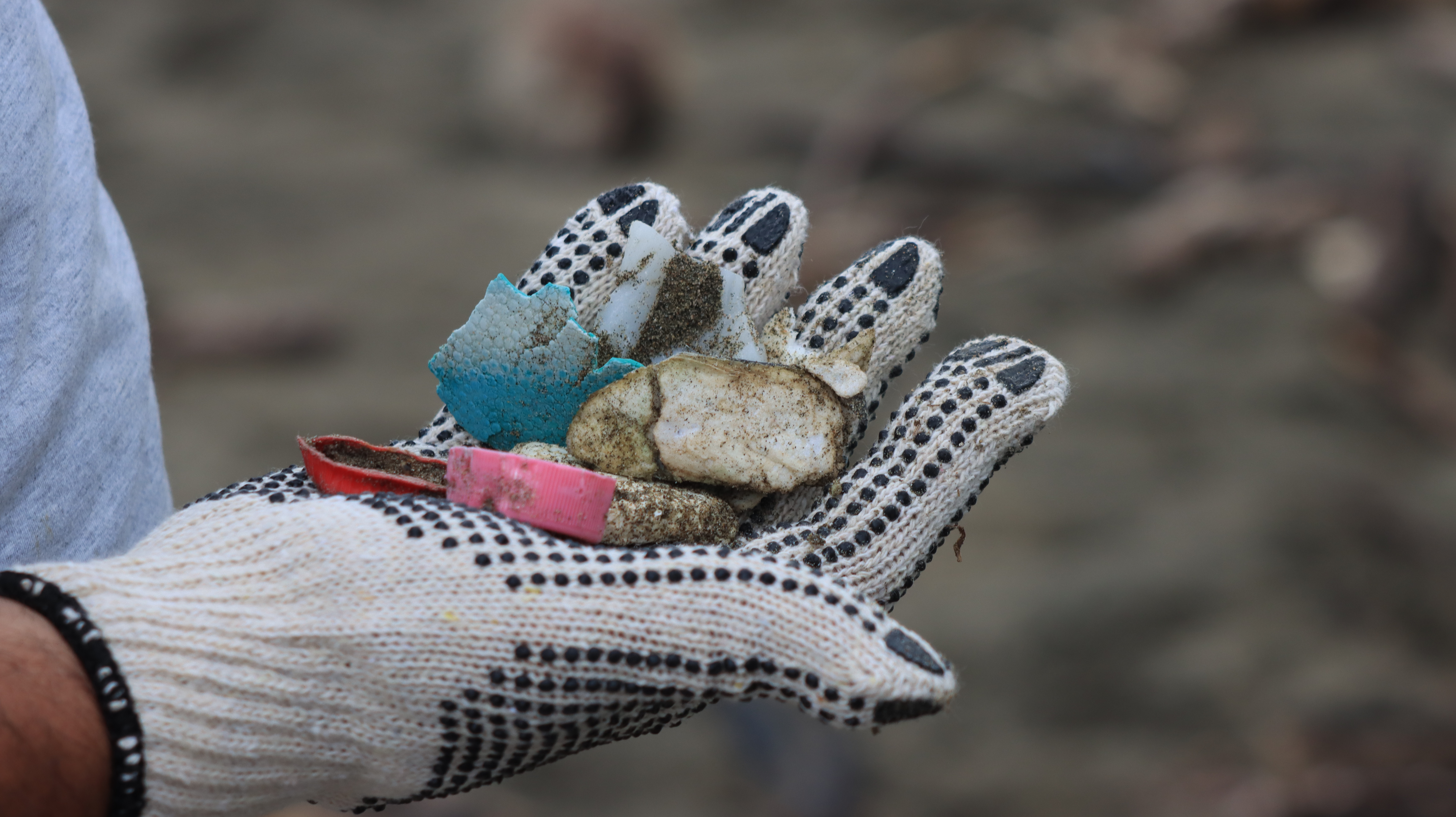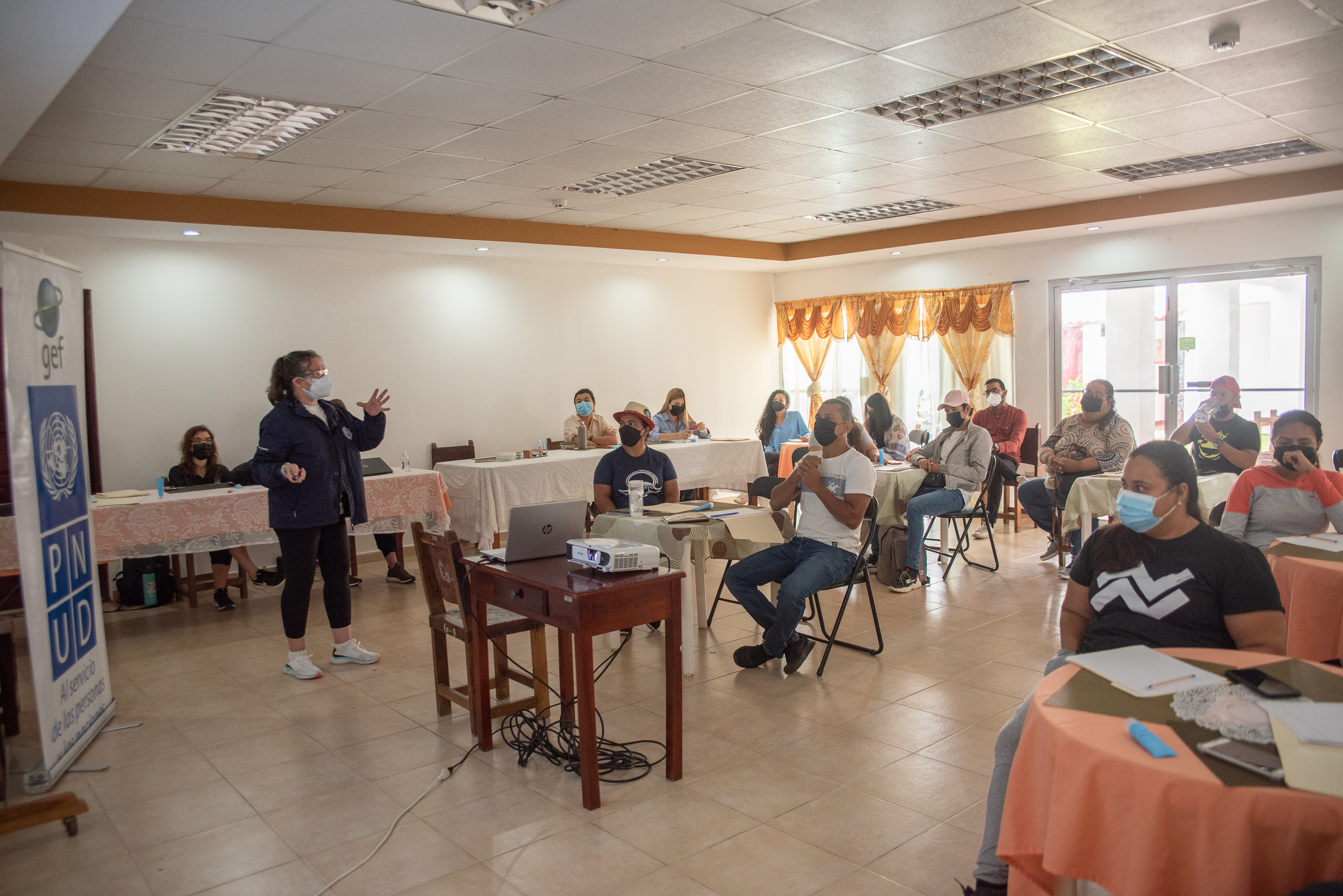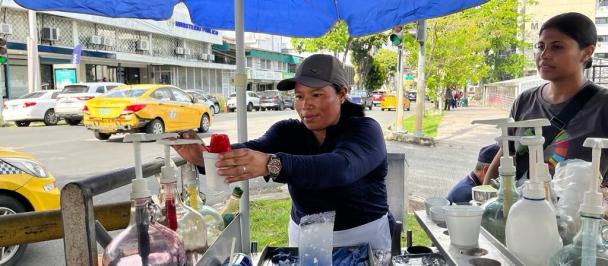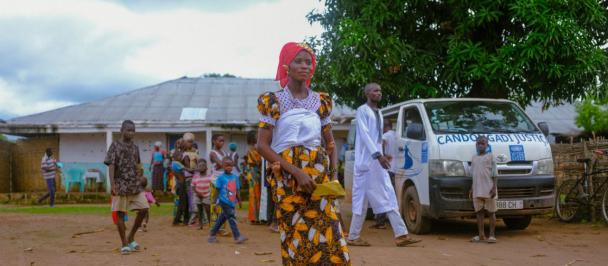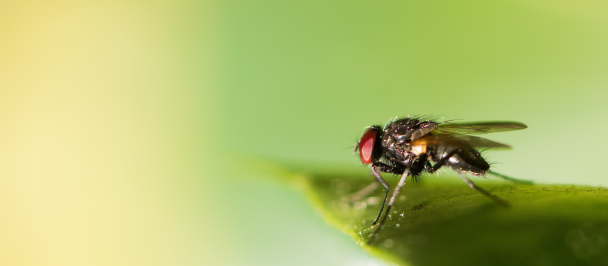Marine Litter – Tackling a Sisyphean Challenge
Marine Litter – Tackling a Sisyphean Challenge
March 1, 2022
The UNDP Accelerator Lab’s venture into citizen science – Part II
For Panama, a country economically dependent on its environmental ecosystem, marine litter poses a serious threat. Incorrectly disposed marine litter directly leads to debris-filled rivers, trash-covered beaches and, through ocean currents, negative externalities to its coastal neighbors. In turn, these environmental impacts diminish the health and utilities of Panamanian people, as well as the checkbooks of tourists domestically and from abroad. If the aesthetics of Panama’s beaches are not sufficient proof, UN Environmental Program (LAC) reported that Panama is estimated to discharge 102,229 tons of marine litter annually into the ocean.
This blog explores the challenges with current approach to marine litter reduction and offers an alternative framework to tackle the problem informed by newly generated data from based on citizen science.
Figure 1: Beach cleanups are a common occurrence in Panama (PNUD).
Beach cleanup – the band-aid solution
“I detest beach cleanups,” said my colleague Jennifer, Head of Exploration of Panama’s UNDP Accelerator Lab. This protest did not stem from labor as she picked up bottlecaps, shoe soles and cigarette butts from the Cinta Costera beach. Rather more taxing was the thought that, after the tide rose and receded, the same sight of trash would be reliably on display again the very next day.
Dr. Liboiron from University of Newfoundland would agree. She challenges the ocean cleanup paradigm with a metaphor: “When your bathtub is overflowing, do you get a mop, or do you turn of the faucet and then get a mop? If you don’t want to be mopping forever, you need to turn your attention to the faucet first.” Beach cleanups are at best a band-aid solution because they do not address the root cause of marine litter.
Yet they are more popular than ever. The Ministry of Environment’s Direction of Coasts and Seas (DICOMAR) confirms that over 40 official beach cleanups were registered in 2021, 30 of which took place in September, the official month of the ocean. While it is encouraging to see this level of public interest, one must wonder if the time and resources of governments, corporate programs and volunteers can be redirected to produce more sustainable changes on Panama’s beaches.
Understanding the problem
Effective solutions require a full understanding the problem: what type of waste ends up on Panama’s shores and where they come from. We start with observations on a global scale.
Figure 2: Plastic is the object most commonly found on beaches around the world (UNDP).
Data show that plastic makes up 80% of all marine debris found from surface waters to deep-sea sediments. Anyone who has heard of the great Pacific Garbage Patch can appreciate the health and environmental hazards of plastic in water. Most plastic does not biodegrade. They disintegrate into microplastics, tiny fragments of plastic that were once parts of soda bottles or plastic bags. Australian research shows that, due to the breakdown of plastic products in the ocean, humans ingest a “credit card” size worth of plastic each week. This sneaky dietary ingredient is not only unappetizing for seafood lovers, but also can be ingested through carrots, apples and even beer.
The predictions for plastic leakage look grim. It is expected that, over the next decade, the amount of plastic dumped into the ocean will increase threefold, from an already astonishing estimated 8 million metric tons today. Some scientists warn that, by 2050, the quantity of plastic in the ocean will exceed that of fish.
Two decades ago, researcher Paul Crutzen suggested that our geological epoch should be called the “Anthropocene,” marked by human domination over geology and ecosystems. Today, several scientists point to the layers of plastic accumulation around the world as indicative of the beginning of the Anthropocene and that, after the Bronze and Iron Ages, we will be known to have lived in the Age of Plastic.
While global observations can provide guidance, solutions for Panama’s beach demand local data. Unfortunately, marine debris has not been extensively studied in Latin America in general. Therefore, baseline measurements on volume, density and sources are lacking in many areas of the region. In Panama, the Ministry of Environment, as the custodian of SDG 14 (indicator 14.1.1 of which includes plastic density and requires regular beach litter monitoring), is currently not monitoring plastic debris. Without this data, it is difficult to devise effective and sustainable policies.
Taking inventory of Panama’s beach litter collectively with citizen scientists
The UNDP Panama Accelerator Lab set out to assist the government in providing proxy data on the volume and composition of marine litter found in Panama’s coastal regions. Guided by local citizen’s observations on marine litter hotspots and beach accessibility, the Lab chose three areas of intervention in the districts of Tonosí, Pedasí and Pocrí, which collectively form the Special Marine Zone located in the Los Santos province of the Azuero peninsula. While all three districts are important tourist destinations known for their long stretches of beaches and rich biodiversity, they also struggle with inadequate waste management practices and marine litter on their otherwise pristine beaches.
With the technical expertise of the Central American Network for Investigation of Marine Litter (REBAMAR) and the Technological University of Panama, the Lab developed a marine debris inventory system using the National Oceanic and Atmospheric Administration (NOAA) Marine Debris Program methodology. This methodology allows for a standardized analysis and inter-beach comparison of the volume and composition of marine debris.
Figure 3: Citizen Science Training held in Pedasí, Azuero (UNDP)
After receiving a theoretical and practical training on the marine debris inventory methodology, a group of 20 volunteer citizen scientists, made up of students, civil servants, and environmental committee members, set out to assess local marine litter composition. The mobile application Clean Swell was used to enumerate marine litter and geo-reference sites of collection on the TIDES open-source site.
In teams of three, citizen scientists methodically collected and counted waste items. Two participants picked up trash while the third would register it in the app. “Plastic bottle, one” a participant would call out. This meant that one plastic bottle would be registered in the app. “Aluminum can, two.” Two aluminum cans would be registered.
Figure 4: Citizens applying the inventory methodology on three beaches (UNDP)
Citizen scientists left the beach with plastic bags full of marine litter and zip-top-bags full of microplastics. Unlike a beach cleanup, by combining citizen science and technology, ordinary citizens collected timestamped data on the location and type of beach litte
Part two of the three-day workshop consisted of citizens analyzing, visualizing, and reflecting on their findings. “These types of activities are important for pollution-related decision-making. We need waste facilities that enable the community to collect and dispose of waste appropriately,” one participant stated. Another participant highlighted the importance of continuing to learn about microplastics. Citizens prepared posters that later informed municipalities and federal government about their findings, including a chilling piece of data confirming that up to 86% of marine debris collected was, indeed, plastic.
A second inventory exercise conducted one month later showed similar composition of marine debris. With plastic confirmed as the main culprit, the question of origin naturally follows: “is the litter arriving from the ocean or are they left behind by people on the beach?”
Figure 5: Findings from the initial two marine debris inventories in the Los Santos region (UNDP)
Its answer requires a further breakdown of plastic waste collected and a consistent monitoring approach to build a representative database. Fixed monitoring stations at beaches with high volumes of litter must be part of a national marine litter monitoring program that should involve academia, civil society and federal government in a combined effort.
Fortunately, Panama’s DICOMAR agrees. The agency has decided to incrementally replace the widely applied but ever-repeating beach cleanups and is supporting the scaling of marine litter monitoring through capacity building of its regional directors, which is taking place in the first quarter of 2022.
Figure 6: Citizen scientists analyzing and presenting findings (UNDP)
Summary
A legendary hero of Greek mythology, Sisyphus was condemned to climb to the top of a hill with a huge rock. When he reached the top, the rock would roll down the slope – his tragedy was in repeating the same fruitless task for eternity. Rising plastic productions and continuous leakage make beach cleanups a Sisyphean task, with a rock that will predictably get heavier over time.
A more sustainable solution for marine litter seems intuitive - reducing unnecessary plastic at its source, designing less harmful products and developing better recycling processes. However, the formulation of specific policies requires reliable and local data, data that policy makers today do not have. The Lab has demonstrated that the monitoring of beach litter through citizen science can lead the accumulation of such scientific evidence base and empowerment of citizens in environmental initiatives.
The Guide to Marine Debris and Microplastics Inventories – Citizen Science, published in collaboration with REBAMAR and the Ministry of Environment, is available to any Central American institution, organization or individual aiming to break out of the “Collect-Delete-Repeat” cycle of beach cleanups and apply the citizen science method on their beaches and shorelines.

 Locations
Locations